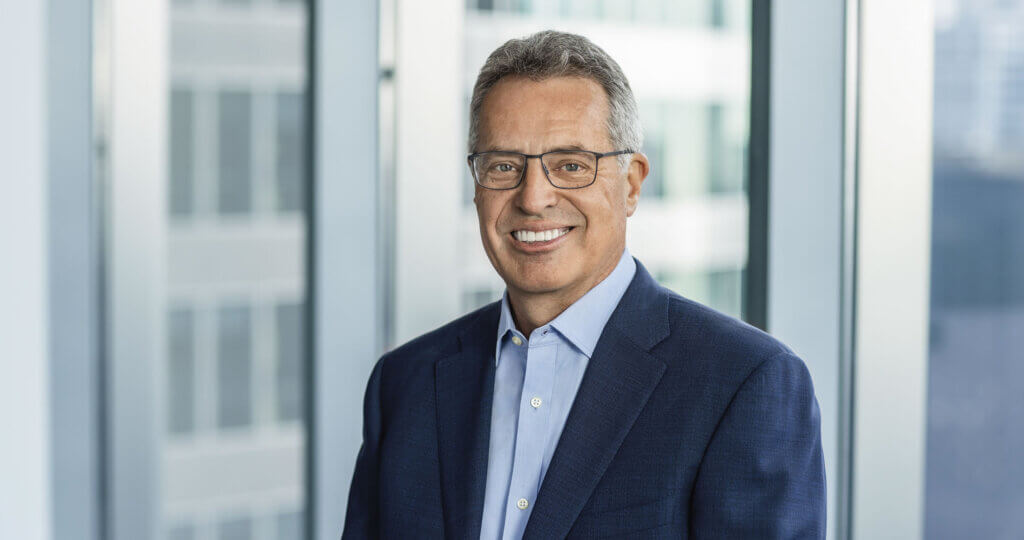Oakmark Select Fund - Investor Class
Average Annual Total Returns 06/30/16
Since Inception 11/01/96 12.17%
10-year 6.83%
5-year 10.98%
1-year -5.46%
3-month 2.67%
Gross Expense Ratio as of 09/30/15 was 0.95%
Past performance is no guarantee of future results. The performance data quoted represents past performance. Current performance may be lower or higher than the performance data quoted. The investment return and principal value vary so that an investor’s shares when redeemed may be worth more or less than the original cost. To obtain the most recent month-end performance data, view it here.
The Oakmark Select Fund was up 3% for the quarter, ahead of the S&P 500’s 2% return. Three quarters into our fiscal 2016, the Oakmark Select Fund increased by 4% compared to an 11% gain for the S&P 500.
Our best performers in the quarter, both up more than 60%, were LinkedIn and Chesapeake Energy bonds. Our biggest detractors to performance were Fiat convertible bonds, down 18%, and Alphabet, down 7%; we continue to believe both companies trade at significant discounts to their intrinsic values. From a sector-weight standpoint, our large position in technology stocks hurt returns this quarter, as did our underweight position in health care. The details of our LinkedIn investment are discussed elsewhere in the Oakmark Fund and Oakmark Global Fund letters this quarter; suffice it to say that take-outs of our portfolio companies at close to fair value are always welcome. The Chesapeake Energy position, however, deserves a more comprehensive discussion.
Earlier in 2016, investors were pricing in significant bankruptcy risk across Chesapeake’s capital structure. At the time, we believed Chesapeake’s liquidity risks were manageable given the company’s ability to sell assets representing a small percentage of its future production in exchange for cash, making up a meaningful percentage of the company’s enterprise value. We felt that Chesapeake’s bonds at the time had a similar upside to the stock and had the added benefit of higher seniority in the capital structure, so we swapped the preponderance of our Chesapeake equity position into the company’s fixed income securities. On average over the months in which we executed this trade, we sold CHK stock for approximately $4 per share and bought bonds trading for $48.
Commodity prices rose during the quarter, while Chesapeake sold assets for cash without substantially reducing its current EBITDA. We believe that the liquidity profile of the company is now considerably improved. Today the bonds are trading for $85 while the stock is at $4.28, and the relative attractiveness of Chesapeake bonds to its stock has noticeably narrowed. We are very impressed with how well Chesapeake’s management team and board of directors have navigated this challenging commodity price environment, and we remain positive about the long-term prospects for this company.
During the quarter we added two new positions to the Fund, Harley-Davidson and the aforementioned LinkedIn. Harley-Davidson is one of America’s great brands, yet at 11x 2016 earnings per share, it is priced as if it’s a distressed retailer. The company’s new CEO has increased product development and marketing spending, seeking to provide long-term benefits at the expense of current margins, and is expanding into markets such as China, India and Vietnam with encouraging early results. A pervasive concern cited about Harley-Davidson is the aging of its core Baby Boomer rider base, but motorcycle ownership amongst people ages 25-50 today is as high per capita as it was when Boomers were in that demographic. We believe the long-term future of this company is bright and that the current price of the stock will prove a bargain.
We eliminated positions in Calpine and Monsanto. Both companies’ fundamental results had persistently and materially underperformed our expectations. We of course prefer to sell things because they rise to our expected values, but sometime events unfold in a way that causes us to lose confidence in our original thesis. Both of these sales fall into the latter category. Monsanto is currently involved in takeover negotiations with Bayer, which, if successful, could make our sale look foolish in hindsight.
Thank you, our fellow shareholders, for your continued investment in our Fund.
The holdings mentioned above comprise the following percentages of the Oakmark Select Fund’s total net assets as of 06/30/16: LinkedIn Corp. 5.4%, Chesapeake Energy Corp. 0.3%, Chesapeake Energy Corp. 144A 8.0% due 12/15/22 3.5%, Chesapeake Energy Corp. Convertible Preferred 5.75%, 0.3%, Fiat Chrysler Automobiles N.V. 0.3%, Fiat Chrysler Automobiles NV 7.875% due 12/15/16 3.2%, Alphabet, Inc., Class A 0%, Alphabet, Inc., Class C 7.6%, Harley-Davidson, Inc. 4.0%, Calpine Corp. 0%, Monsanto Co. 0%, and Bayer AG 0%. Portfolio holdings are subject to change without notice and are not intended as recommendations of individual stocks.
Click here to access the full list of holdings for The Oakmark Select Fund as of the most recent quarter-end.
The S&P 500 Total Return Index is a market capitalization-weighted index of 500 large-capitalization stocks commonly used to represent the U.S. equity market. All returns reflect reinvested dividends and capital gains distributions. This index is unmanaged and investors cannot invest directly in this index.
EBITDA refers to Earnings Before the deduction of payments for Interest, Taxes, Depreciation and Amortization which is a measure of operating income.
Because the Oakmark Select Fund is non-diversified, the performance of each holding will have a greater impact on the Fund’s total return, and may make the Fund’s returns more volatile than a more diversified fund.
Oakmark Select Fund: The stocks of medium-sized companies tend to be more volatile than those of large companies and have underperformed the stocks of small and large companies during some periods.
The discussion of the Fund’s investments and investment strategy (including current investment themes, the portfolio managers’ research and investment process, and portfolio characteristics) represents the Fund’s investments and the views of the portfolio managers and Harris Associates L.P., the Fund’s investment adviser, at the time of this letter, and are subject to change without notice.






